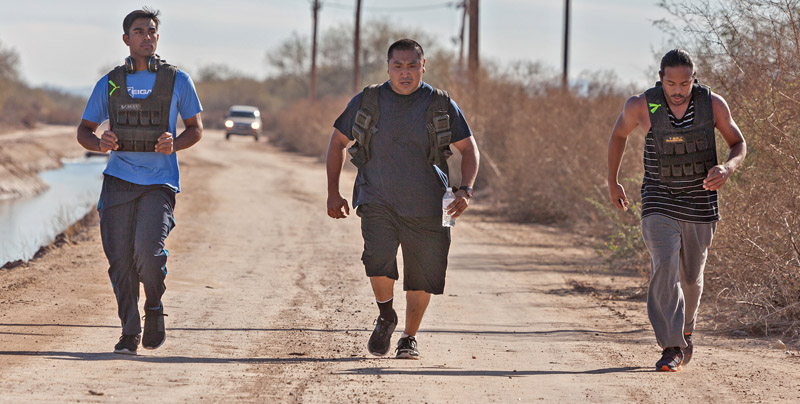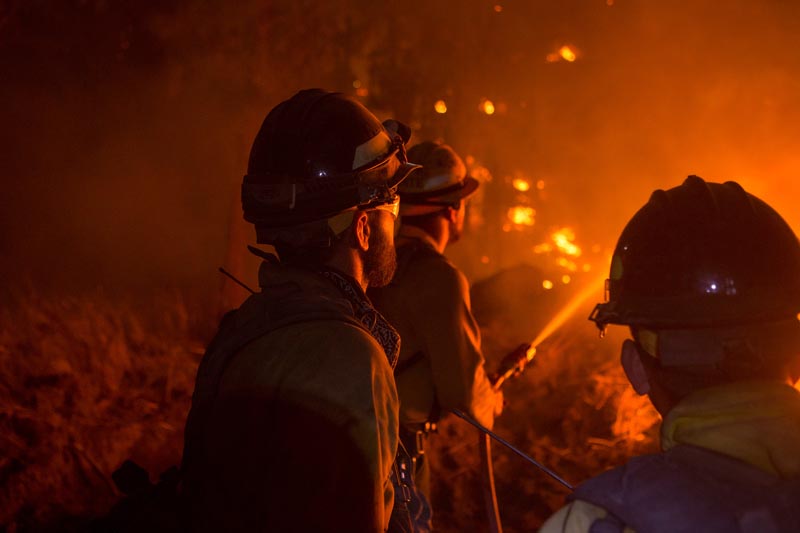
Firefighters and residents applying water to houses with thatched roofs were able to prevent them from being destroyed when a large vegetation fire spread into an upscale community in South Africa. The roofs that did ignite from airborne burning embers were extinguished before major damage was done.
Officials from the National Sea Rescue Institute said on Monday that the fire at Cape St Francis (map) was most likely started by a flare that landed in brush and eventually burned thousands of hectares.
A video showed helicopters dipping water out of swimming pools, even though the ocean was a few hundred yards away.
Thatched roofs, made from dry vegetation such as straw, water reed, sedge, rushes, or heather have been used for centuries, but in recents years have become the choice of affluent people who desire a rustic look for their home or prefer a more ecologically friendly roof material.
Description for the video above which was uploaded to YouTube on January 25, 2016:
“25 Jan 2015. Early morning hours. A raging brush fire somehow goes past the Hide-out most probably due to the efforts of Mush, James, Romeo and Lawrence spraying water on the thatch roof for hours before the fire arrived. Big thanks to the CSF, SF and PE fire departments as well.”
The next video from SABC News includes on scene reports of the active fire and has a couple of shots of small fires on the roofs of homes.






